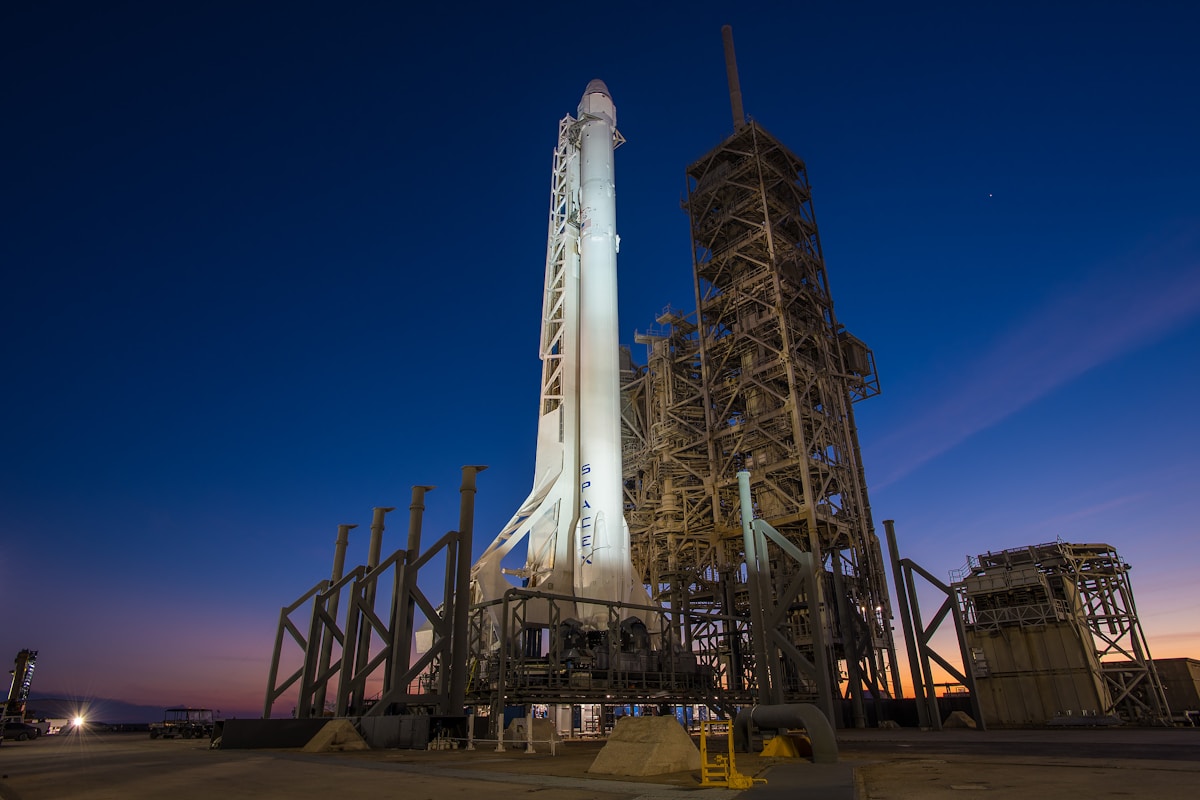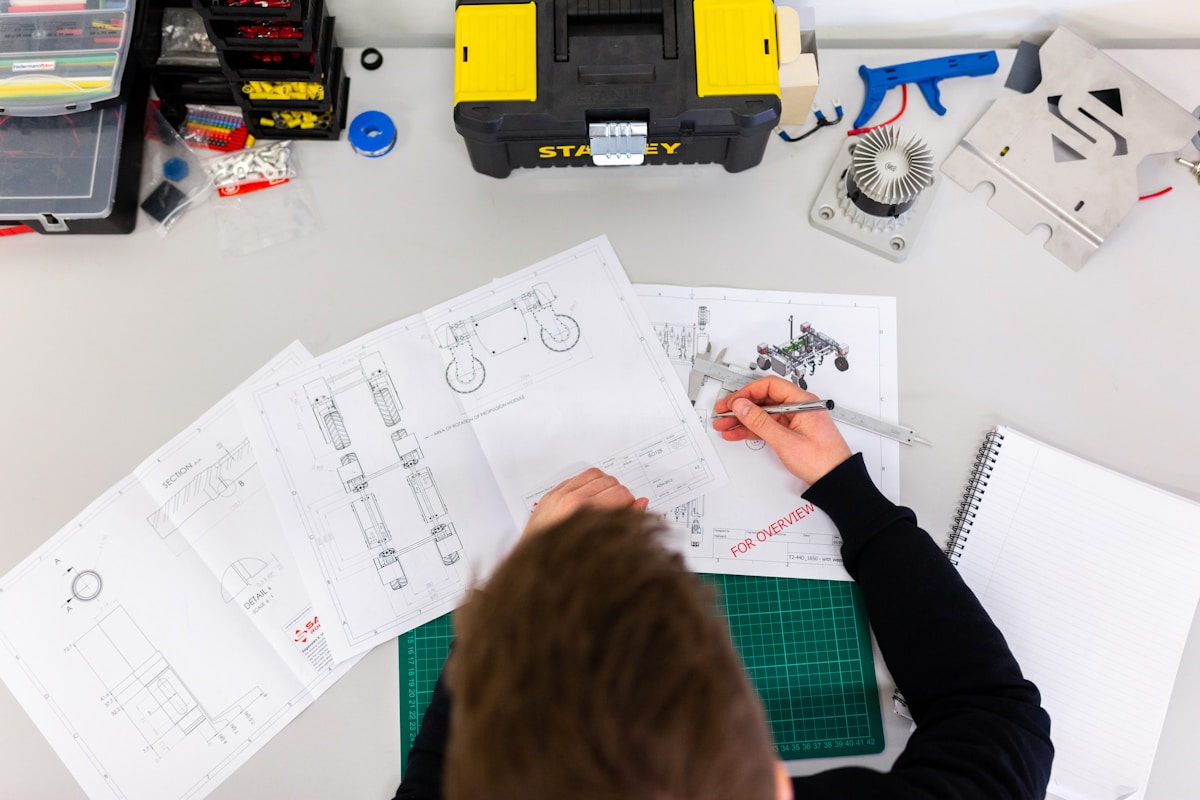
Introduction
The orbital environment surrounding Earth has become increasingly congested over the past six decades of spaceflight. What began with a single satellite in 1957 has evolved into a complex ecosystem containing thousands of active spacecraft, tens of thousands of tracked debris objects, and an estimated hundreds of thousands of smaller fragments too small for ground-based tracking systems to detect.
This growing congestion presents fundamental challenges for the long-term sustainability of space activities. Orbital debris—defunct satellites, spent rocket stages, fragments from collisions and explosions—poses collision risks to operational spacecraft. Each collision generates additional debris, potentially triggering cascading effects that could render certain orbital regions unusable for generations.
This analysis examines the current state of orbital debris, evaluates mitigation strategies and removal technologies under development, and assesses the policy frameworks necessary to ensure sustainable orbital operations as space activities continue expanding.
The Current Debris Environment
Understanding orbital sustainability requires accurate assessment of the existing debris population and its evolution. Ground-based radar and optical systems track approximately 30,000 objects larger than 10 centimeters in low Earth orbit (LEO) and geostationary orbit (GEO). Statistical models estimate over 100 million objects larger than 1 millimeter exist but remain too small for detection from Earth's surface.
Debris Distribution and Risk Assessment
Debris distribution varies significantly across different orbital regimes. Low Earth orbit between 700 and 1,000 kilometers altitude contains particularly high debris densities due to historical practices and several major fragmentation events. Geostationary orbit, while less congested in absolute terms, faces unique sustainability challenges due to the limited angular space available for telecommunications satellites.
Collision probability calculations depend on debris density, relative velocities, and spacecraft cross-sectional area. Even small debris traveling at orbital velocities (7-8 kilometers per second in LEO) carries tremendous kinetic energy—a 1-centimeter aluminum sphere moving at 10 km/s possesses energy equivalent to a bowling ball traveling at highway speeds. Such impacts can catastrophically damage or destroy operational satellites.
Historical Events and Lessons
Several incidents have dramatically illustrated orbital debris risks. The 2009 collision between an active Iridium communications satellite and a defunct Russian military satellite generated over 2,000 trackable fragments, many of which will remain in orbit for decades. Intentional satellite destruction tests have contributed thousands of additional debris objects, some in long-lived orbits that cross paths with operational spacecraft and the International Space Station.

Debris Mitigation Strategies
International guidelines for debris mitigation have evolved over the past three decades, informed by growing understanding of the debris environment and emerging best practices. These strategies aim to prevent debris generation and minimize the long-term presence of objects in operational orbital regions.
End-of-Life Disposal
Contemporary spacecraft design increasingly incorporates end-of-life disposal capabilities. For satellites in low Earth orbit, this typically means controlled deorbiting into Earth's atmosphere where they disintegrate. Spacecraft in higher orbits may be maneuvered to "graveyard" orbits above operational altitudes where they pose minimal collision risk to active systems.
Implementation of these guidelines varies across operators and nations. Technical failures, inadequate fuel reserves, or electronic malfunctions can prevent planned disposal maneuvers. Improving compliance rates requires both regulatory mechanisms and technical reliability improvements to ensure satellites can execute planned disposal even after extended operational lifetimes.
Passivation and Design Practices
Passivation—venting stored energy from spent rocket stages and defunct satellites—reduces the risk of on-orbit explosions that generate debris. Modern design practices emphasize minimizing detachable components, using tethered fasteners where separation is necessary, and shielding critical components from small debris impacts.
Satellite operators increasingly adopt design-for-demise principles, selecting materials and configurations that ensure complete atmospheric burnup during reentry rather than surviving to reach Earth's surface. This approach addresses both orbital sustainability and ground casualty risk from uncontrolled reentries.
Active Debris Removal Technologies
While mitigation prevents new debris generation, addressing the existing debris population requires active removal capabilities. Multiple technologies are under development, each with distinct advantages and challenges.
Capture Mechanisms
Several approaches to debris capture have been proposed and tested. Robotic arms, similar to those used on the International Space Station, could grasp defunct satellites if designed with appropriate features for grappling. Net-based capture systems aim to ensnare targets, followed by controlled deorbiting. Harpoon systems propose physically anchoring to debris objects for subsequent removal.
Each capture method faces technical challenges related to target identification, approach and rendezvous operations, and handling objects that may be tumbling or structurally damaged. Demonstrating these technologies in actual orbital conditions remains a critical step toward operational deployment.
Contactless Removal
Alternative approaches avoid physical contact with debris objects. Laser-based systems propose using ground-based or space-based lasers to ablate material from debris surfaces, creating thrust that gradually lowers orbital altitude until atmospheric drag causes reentry. Electrodynamic tethers could generate drag forces on conductive objects through interaction with Earth's magnetic field.
Contactless methods potentially offer safety advantages by avoiding risks associated with capture operations, but they face their own technical challenges related to power requirements, effectiveness on various debris types, and precision in applying impulse vectors.
Economic and Operational Considerations
Active debris removal faces significant economic challenges. Each removal mission incurs costs for spacecraft development, launch, operations, and disposal. With thousands of high-risk debris objects requiring removal to meaningfully reduce collision probability, total costs could reach billions of dollars over coming decades.
Determining who should pay for debris removal remains unresolved. Many high-risk objects were launched decades ago by entities that no longer exist or by government programs operating under different regulatory regimes. Developing fair, sustainable funding mechanisms requires international cooperation and potentially new legal frameworks.

Policy and Regulatory Frameworks
Technical solutions alone cannot ensure orbital sustainability. Effective policies and international agreements are essential to establish standards, allocate responsibilities, and create incentives for sustainable practices.
International Guidelines and Standards
Multiple organizations have developed debris mitigation guidelines, including the United Nations Committee on the Peaceful Uses of Outer Space (COPUOS) and the Inter-Agency Space Debris Coordination Committee (IADC). While these guidelines represent international consensus on best practices, they generally lack enforcement mechanisms and vary in their adoption by different nations and operators.
Strengthening these frameworks requires balancing multiple considerations: encouraging beneficial space activities, ensuring equitable access to orbital resources, protecting existing operators' investments, and preventing actions that could compromise long-term sustainability. Achieving this balance while respecting national sovereignty presents ongoing diplomatic challenges.
Liability and Attribution
Current space law, primarily based on treaties developed in the 1960s and 1970s, addresses liability for damage caused by space objects but was not designed for the current congested orbital environment. Determining liability when two defunct satellites collide, or when debris from an unknown source damages an operational spacecraft, raises complex legal questions.
Improved tracking and cataloging capabilities help address attribution challenges, but gaps remain, particularly for smaller debris objects. Developing legal frameworks that fairly allocate responsibility while acknowledging these limitations requires continued international dialogue and potentially new treaty mechanisms.
The Path Forward
Ensuring orbital sustainability requires coordinated action across technical, economic, and policy domains. Near-term priorities include improving debris tracking capabilities to better characterize the threat environment, demonstrating active removal technologies at operational scales, and strengthening international consensus on binding mitigation standards.
Emerging Technologies and Practices
Satellite servicing capabilities under development could extend beyond active debris removal to include life extension services for operational satellites, reducing the rate at which spacecraft become debris. On-orbit manufacturing and assembly might enable construction of large structures with minimal debris generation compared to traditional launch approaches.
Automation and artificial intelligence applications could improve collision avoidance by enabling rapid maneuver planning and execution when tracking systems detect conjunction warnings. More sophisticated debris impact modeling helps engineers design spacecraft with enhanced survivability against small debris strikes.
Commercial Incentives and Market Development
Creating commercial markets for sustainability services could accelerate technology deployment and operations scaling. Satellite operators might pay for active removal of high-risk debris objects, for collision probability reduction services, or for post-mission disposal assistance. Government programs could stimulate market development through procurement of sustainability services or through regulatory requirements that create demand.
Conclusion
Orbital sustainability represents one of the defining challenges for the space sector in the coming decades. The decisions made today—regarding technology development, regulatory standards, and international cooperation—will determine whether humanity retains reliable access to the orbital environment for generations to come.
The technical capabilities necessary for debris mitigation and removal are largely understood, though continued development and demonstration remain essential. The greater challenges may lie in policy coordination, economic model development, and building international consensus around binding standards and practices.
As space activities expand and diversify, sustainability must be integrated into planning, design, and operations from the outset. The alternative—continuing current practices without meaningful reform—risks creating an orbital environment that becomes progressively more hazardous and ultimately less usable, constraining humanity's future in space.
Addressing these challenges requires engagement from all space sector stakeholders: government agencies, commercial operators, international organizations, and technical experts. Only through collaborative effort can we ensure that the orbital environment remains accessible and safe for current and future generations.